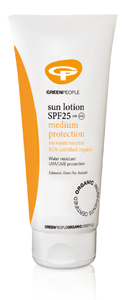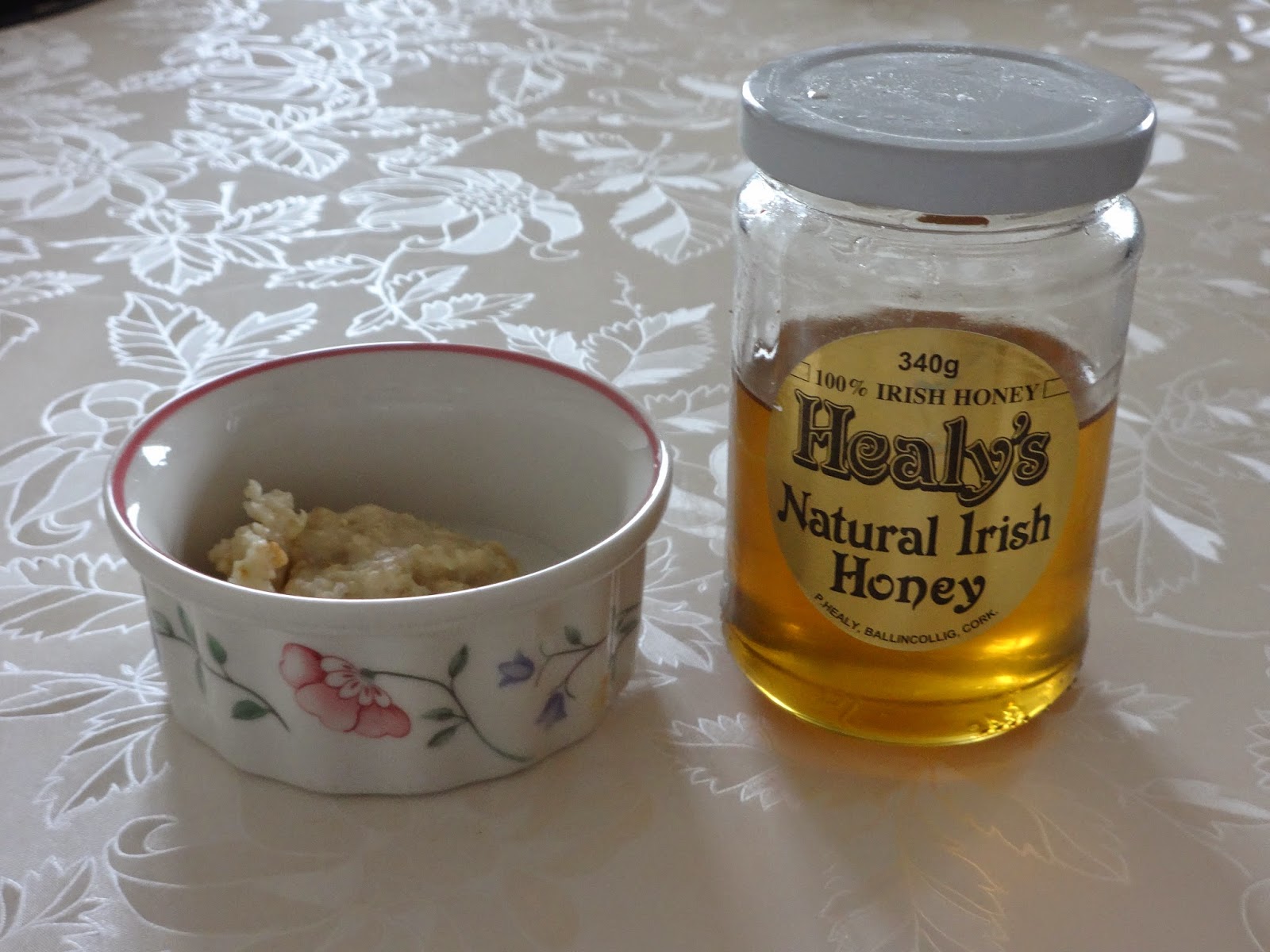There are so many oils out there that are great to use on our skin. One that I have really fallen in love with recently is Sweet Almond Oil. While I have been using Jojoba Oil regularly for the past couple of years, I have slowly moved over to SAO and it is currently my preferred oil for use on the skin! I find that it penetrates my skin more than Jojoba oil and feels much lighter and more moisturising when applied. That being said, different oils work best for different people, so it's good to experiment with various ones to find out which oil is the right one for your own skin.
SAO is produced by pressing the kernels or nuts of the almond tree. It is a light and non-greasy natural emollient suitable for the most delicate and sensitive skin types. Rich in Vitamins A, E, and D, this nutrient rich oil can be seen as an ingredient in many skin and hair products.
So let's take a look at the numerous ways you can use this oil on your skin!
As a make-up remover
This is mainly what I have been using SAO for. It takes away all traces of make-up so easily, without having to pull or tug on the skin. You can remove makeup with this oil in two ways.
- Put a few drops of the oil straight onto the face with your fingers and massage in for a couple of minutes. Afterwards, I like to just let the oil sit on my skin for another minute or two to make sure it really gets the chance to dissolve all of my make-up away. When you're done,simply take some cotton wool and rub the oil off in gentle circular motions.
- Alternatively, you can simply place a few drops of the SAO on a cotton wool pad and gently wipe away your make-up. Repeat until you can no longer see any make-up on your cotton pads.
As a moisturiser
This oil is an amazing moisturiser for both the face and body. You only need 2-3 drops for your entire face and it seeps into the skin quickly, leaving it silky smooth. I can't stop touching my face when I use this as it really does make the skin feel like velvet! I prefer not to use this during the day if I know I'll be outdoors, as the sun penetrates the skin more when there is oil on its surface.
For younger looking skin
SAO protects the skin from the elements during the day, which is particularly effective on sensitive skin areas which are prone to development of wrinkles such as the forehead, neck and chest. Spread several drops in your hand and then apply gently to cleansed, moist skin. SAO is also useful in massages as it restores the normal PH of the skin and allows the skin to preserve moisture, therefore giving it a youthful glow.
For dark under-eye circles
Another reasons this oil is popular is due to its ability to lighten dark marks on the skin. Massage one drop under each eye before bed and allow it to work its magic overnight. Of course this won't cure dark circles in one night, but applied daily you should see good results in a month or so! The same can be said for any marks or scars on the skin. Massaging SAO into them daily will help lighten their pigment. You can also make a paste with SAO and Manuka Honey and apply it to any areas you would like to lighten for about thirty minutes before rinsing off.
For relaxation
SAO oil is well known for its ability to sooth and relax the mind, hence being one of the most popular oils for aromatherapy and massage. Massaging a couple of drops into your face before bed feels great. Or why not try adding it to a bath? Simply pour roughly a quarter cup of the oil into your bathtub and feel its relaxing effects!
Sweet Almond Oil is one of the best (and cheapest!) oils out there, and you can find it easily in any health food store. I usually pick mine up in Holland & Barret where it's often on special offer.
Sinéad













